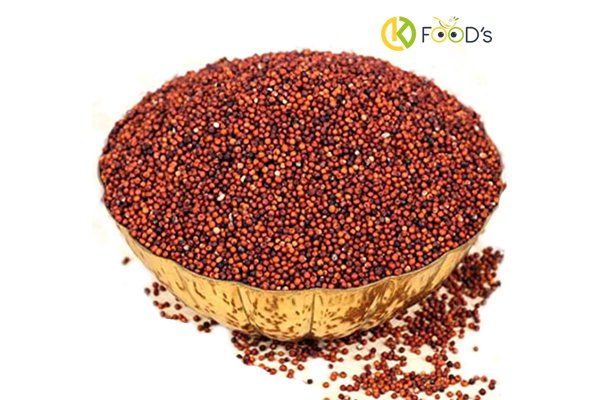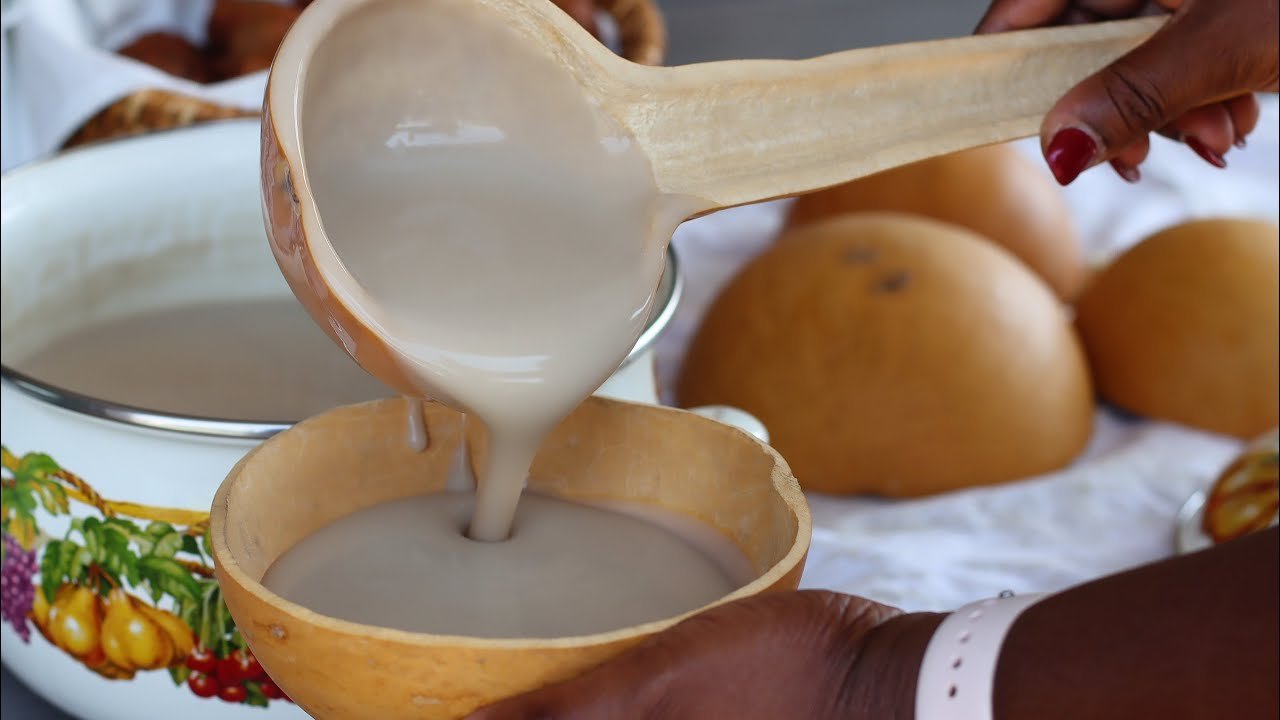Nutrition
Dietary management of Asthma

Fruits
This chapter discusses how we can manage asthma with our diet.
Asthma is a chronic disease of the lungs, characterised by obstruction of the airway, which may be accompanied by wheezing, difficulty in breathing, coughing and other symptoms.
Asthma is a very distressing disease which poses immense threat on one’s life. That being said, asthma is not a death sentence and there are many ways to optimise one’s life with asthma. We will discuss the dietary portion of that.
Foods to avoid
Before we know what to do, we must know what not to do. Some common foods which may trigger an attack include shellfish, nuts and some dairy products, among others. Avoiding these foods will go a long way to reduce the distress caused by asthma attacks.
Also, some food additives and preservatives such as sulphites, food colourings, monosodium glutamate, and salicylate are potential triggers. You should always check food labels to be able to avoid these.
Foods to consume
People with asthma may benefit from a diet rich in fruits, vegetables, whole grains, and omega-3 fatty acids. Foods with anti-inflammatory properties, such as berries, leafy greens, and fatty fish, may also be helpful in avoiding episodes.
One should always remember to drink adequate water, as this is universally beneficial to our overallhealth and also helps to thin mucous of the airway, thereby helping to curtail episodes of asthma.
Lifestyle modification
To help avoid frequent asthma attacks, we should avoid smoking and smoky environments, avoid alcohol and very cold beverages (including ice cream), manage emotional and physical stress, and last but not the least, stay away from and avoid known triggers (common triggers include house dust mites, pollen, animal fur or dander), among others.
In conclusion, asthma, as distressing as it is, can be an issue of minimal concern with adequate medical attention, which is never complete without dietary measures.
The writer is a Nutritionist and Chief Executive Officer of Holistic Health Consult. Email: info@holistichealthconsult.org
By AsareKorkor Bernice
Nutrition
Benefits of millet

– High nutritional value: Millets are a rich source of nutrients, including protein, fibre, and micronutrients like magnesium, potassium, and zinc.
It also has a low glycemic index. This makes it an ideal food for people with diabetes or anyone looking to maintain stable blood sugar levels.
– Gluten free: Millet is naturally gluten-free, making it an excellent choice for those with celiac disease or gluten intolerance. It’s also a great alternative to wheat for people looking to reduce their gluten intake.
-Promotes digestive health – The high fibre content in millet makes it an excellent food for promoting digestive health. It can help to prevent constipation and reduce the risk of colon cancer.
-Aids weight loss – Millets have a low calorie count, and they are an excellent food product for weight loss. They help to maintain energy levels throughout the day, preventing the need for constant snacking and overeating. Millets also keep you satiated for longer than other carbohydrates, as they take time to get digested and absorbed into your body.
-Keeps blood sugar levels low – Millets have a low glycaemic index, which makes them an excellent food for regulating blood sugar levels. Consuming millets regularly can lower your risk of developing diabetes.
-Boosts Immunity – Millets provide a great source of protein and can help develop and strengthen your immunity. A stronger immune system means fewer chances of you catching diseases.
-Reduces cardiovascular risks – The essential fats found in millets provide our bodies with good fats which prevent excess fat storage, effectively lowering the risk of high cholesterol, strokes, and other heart complaints. The potassium content in millets regulates your blood pressure and optimises your circulatory system.
-Prevents asthma – The magnesium content in millets can reduce the frequency and severity of migraines and asthma complaints. Unlike wheat, they do not contain the allergens that lead to asthma and wheezing.
-Helps your digestion – Millets are a rich fibre source that benefits digestion by alleviating bloating, gas, cramping, and constipation. Good digestion keeps issues like gastric/colon cancer and kidney/liver complaints away.
-Acts as an antioxidant – Millets help the body detox because of their antioxidant properties. Quercetin, curcumin, ellagic acid, and other valuable catechins flush out toxins from your body and neutralise the enzymatic actions of your organs.
Source: wafflemill.com
Nutrition
Millet flour porridge

Millet porridge, is commonly consumed as a breakfast meal. It can also be taken late in the afternoon as snack. It is called Hausa koko in areas where it was introduced by Hausa-speaking people.
Ingredients
– 100 grams of millet flour
-Water
-5 cloves
-Ginger
Preparation
• Mix millet flour with enough water to form a dough
• Leave dough to ferment (preferably overnight)
• Mix dough with enough water and sieve for cooking
• Allow mixture to boil for some time.
• Add sieved mixture to boiled water and stir vigorously to avoid formation of lumps
• Allow it to boil until it is cooked and served hot.







